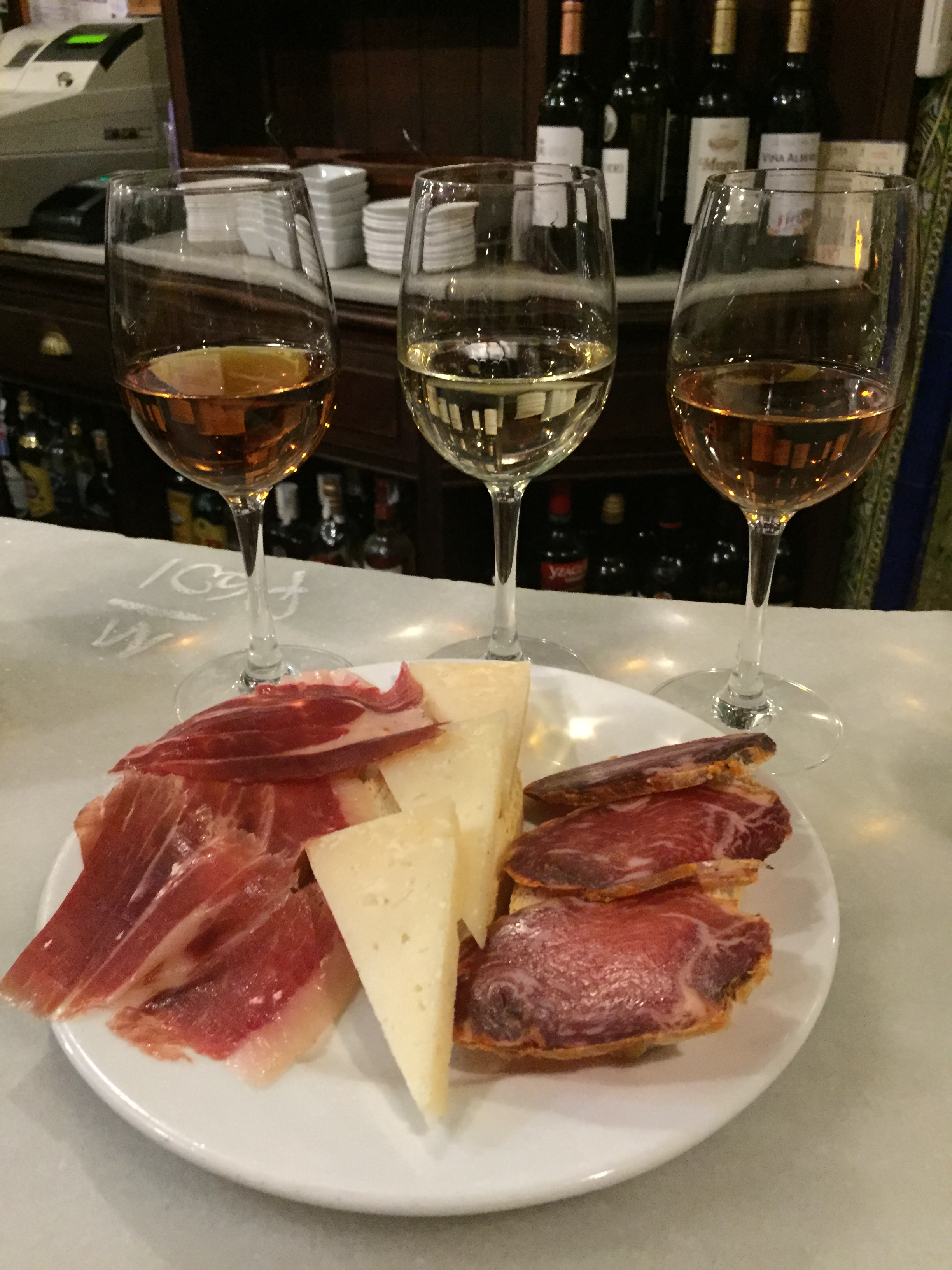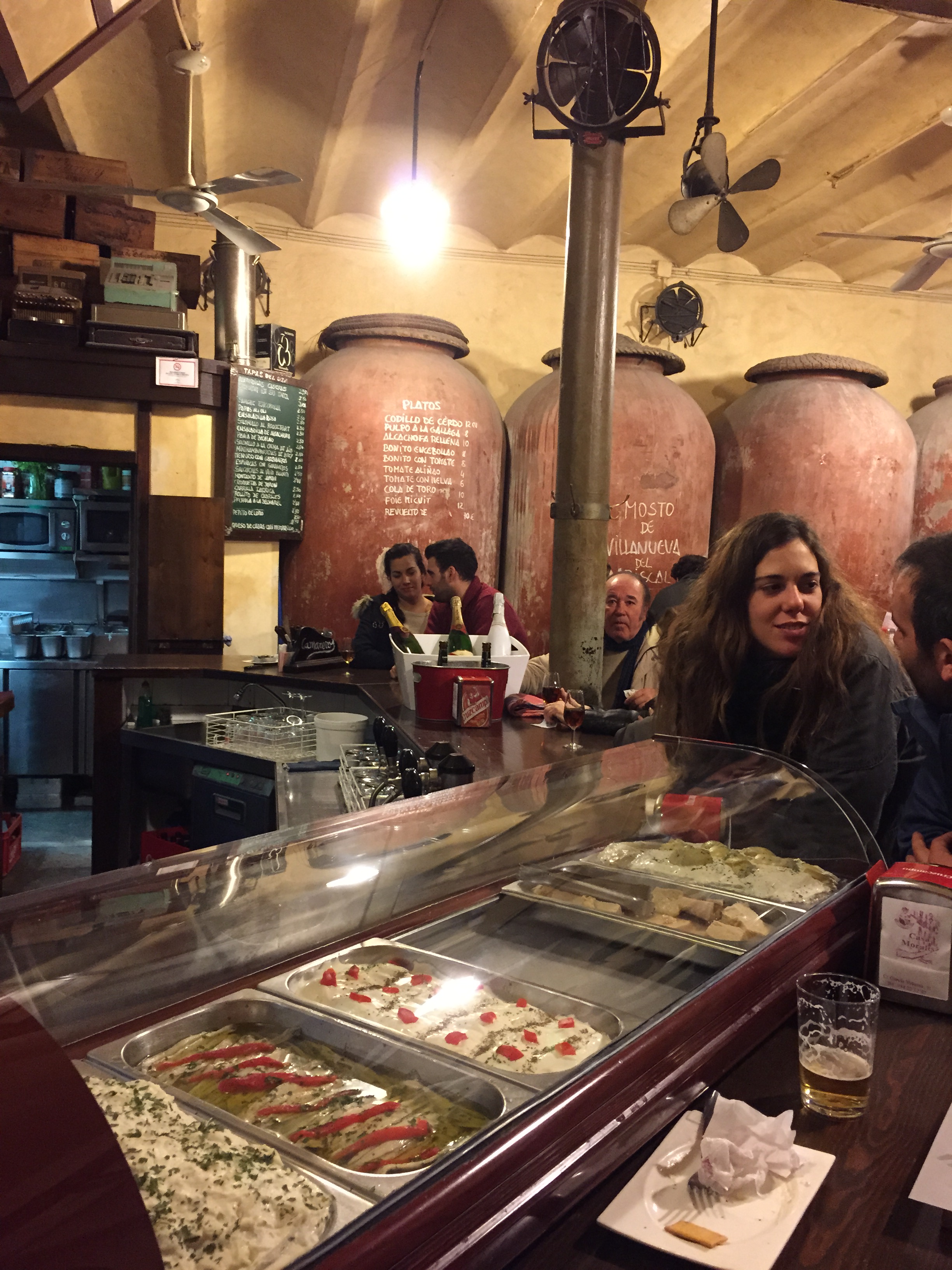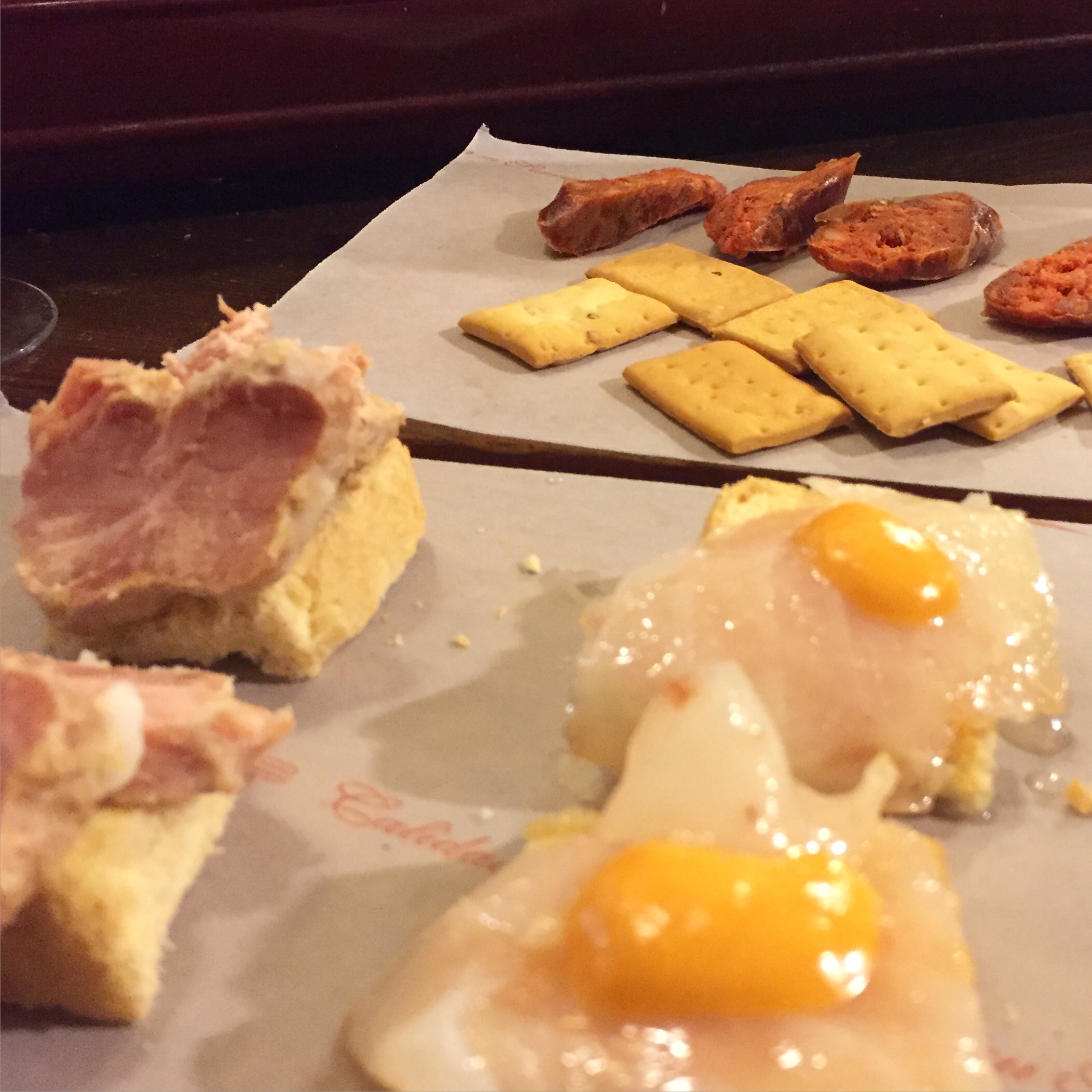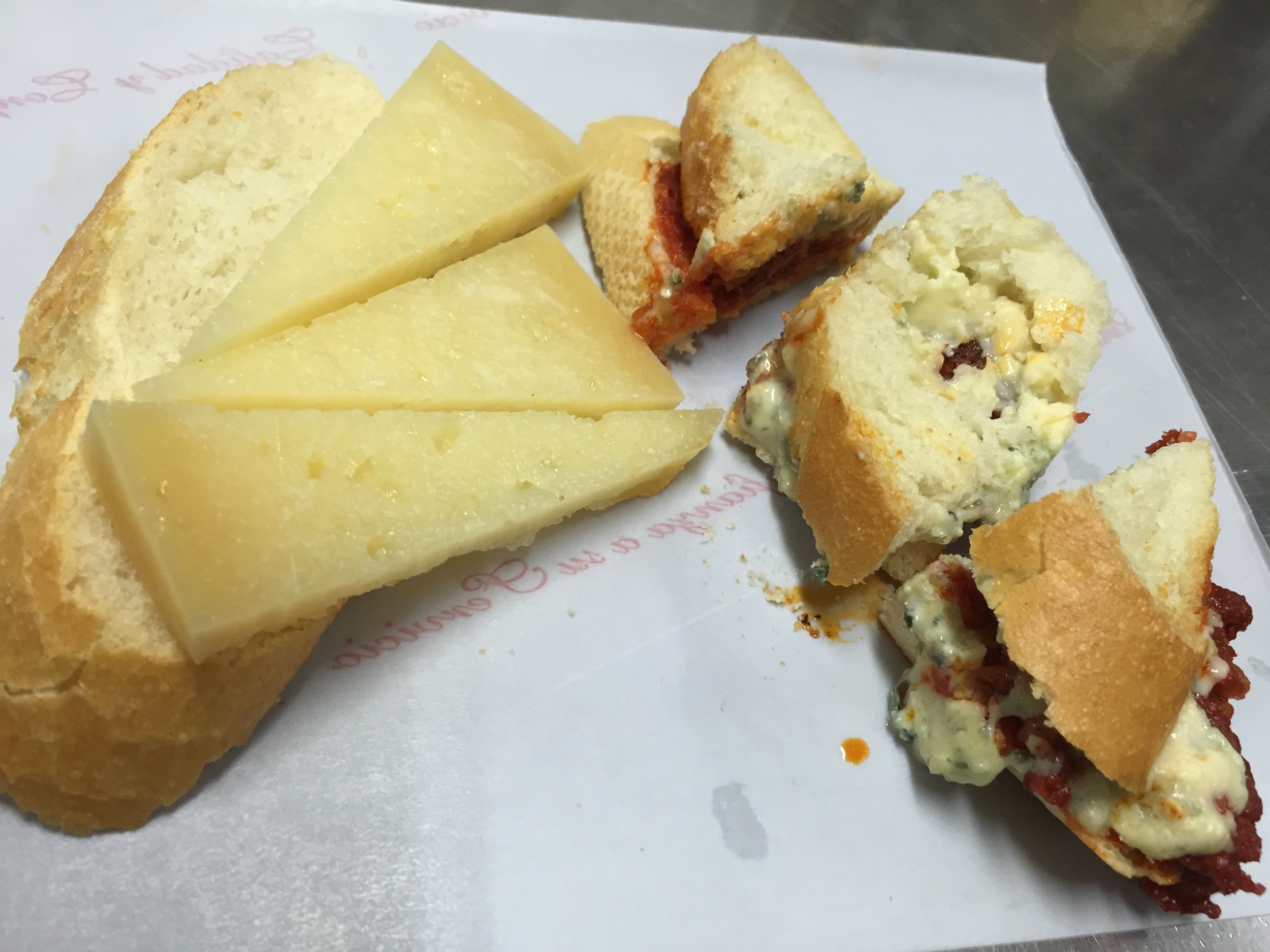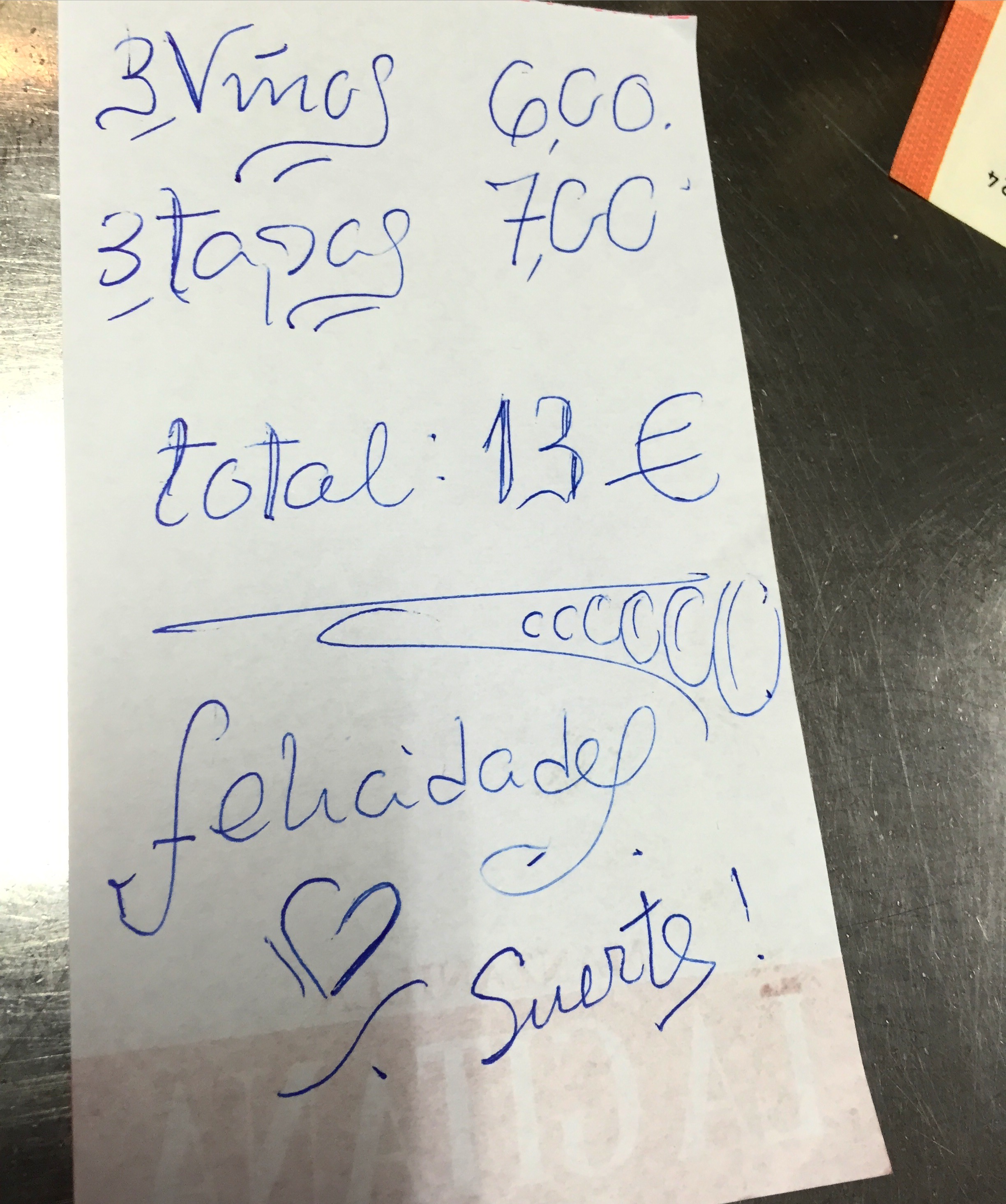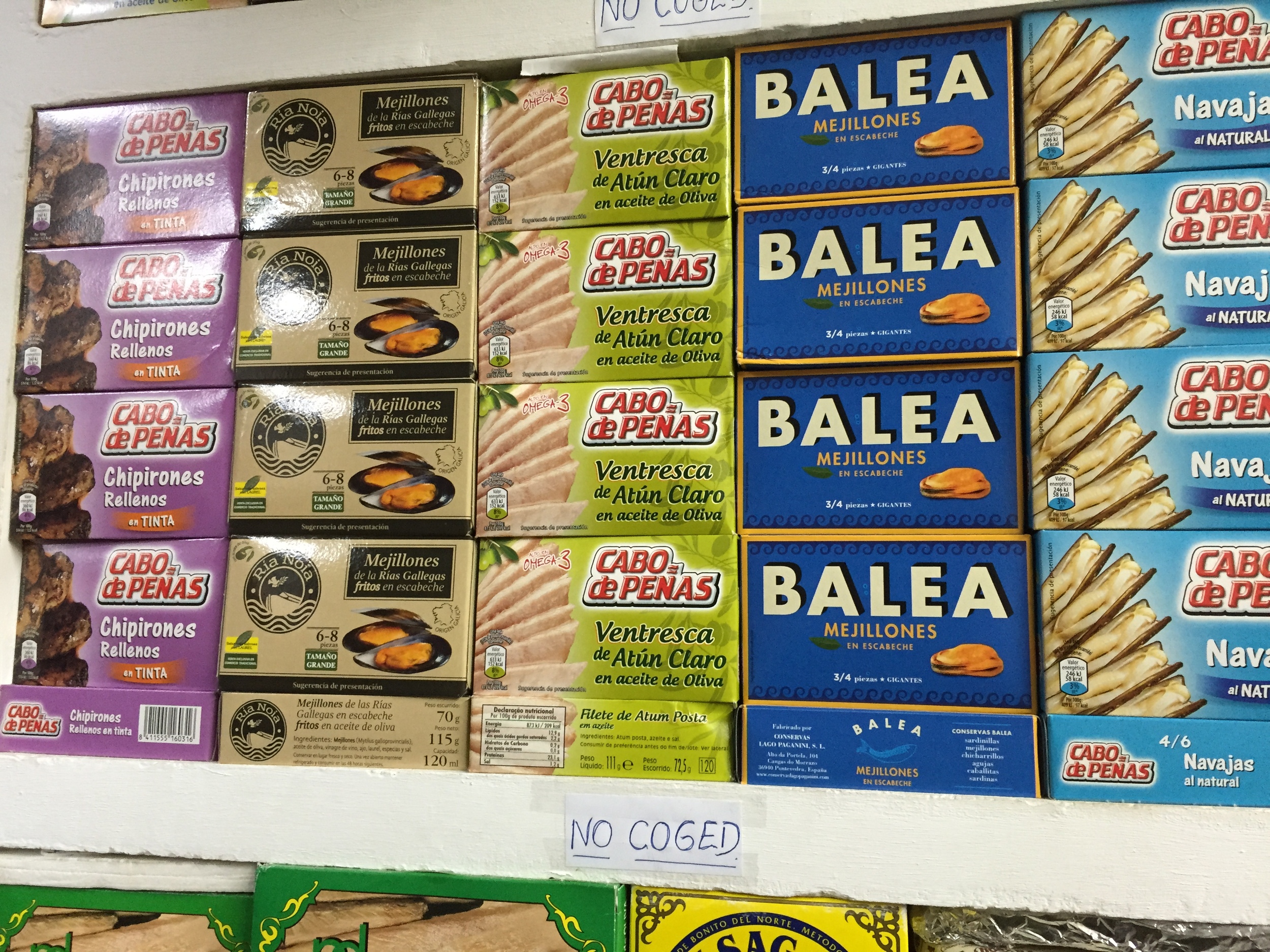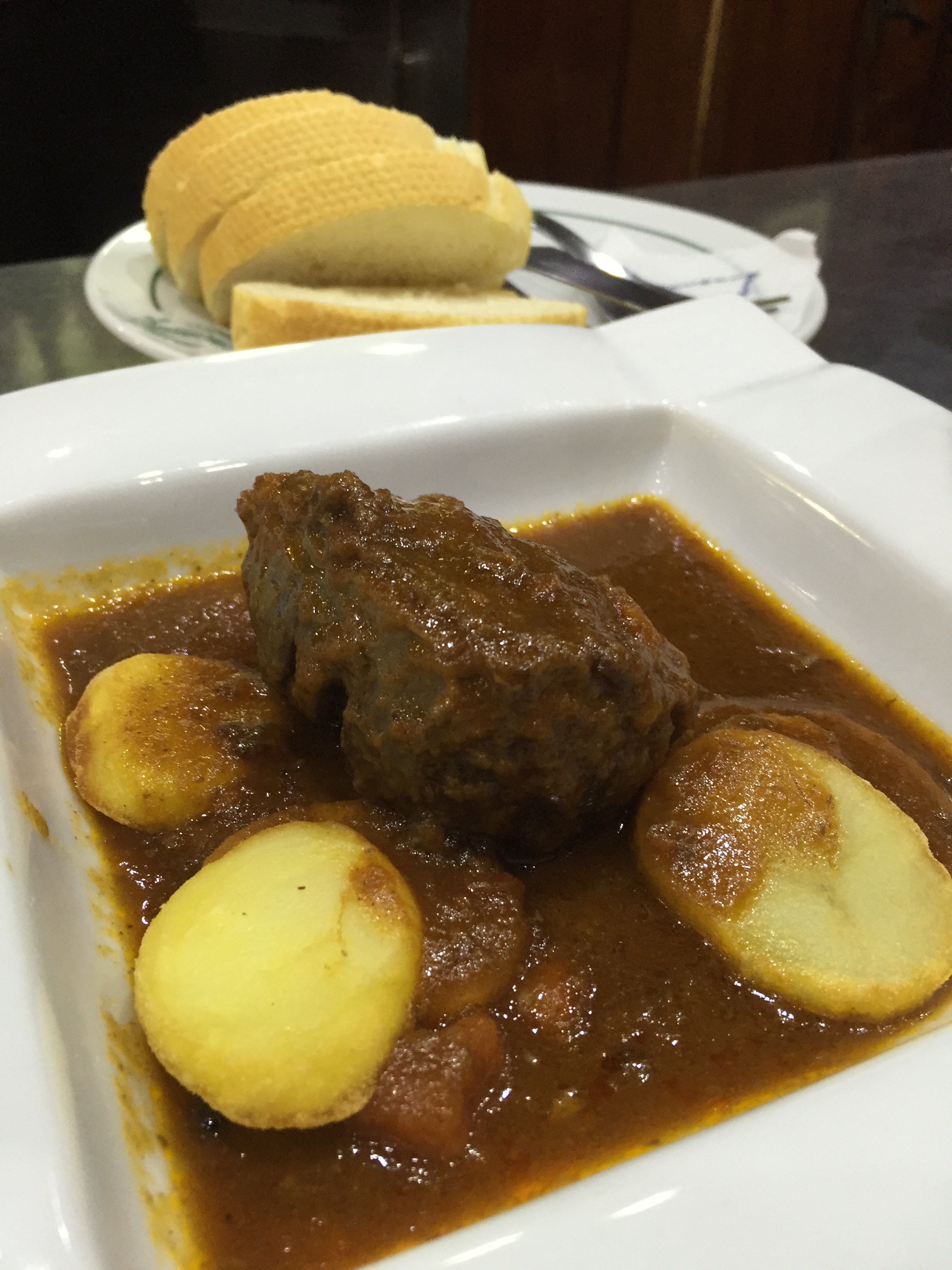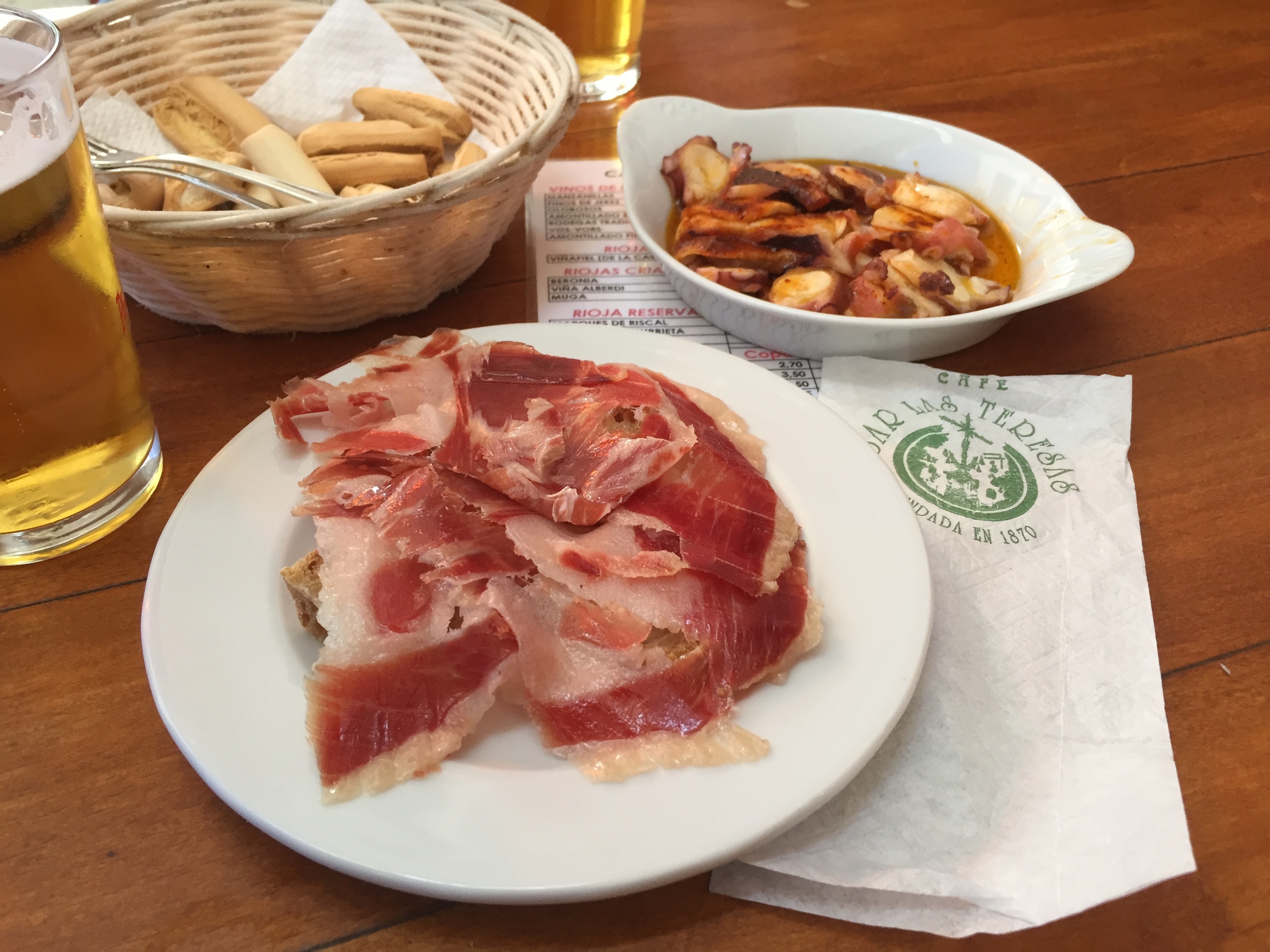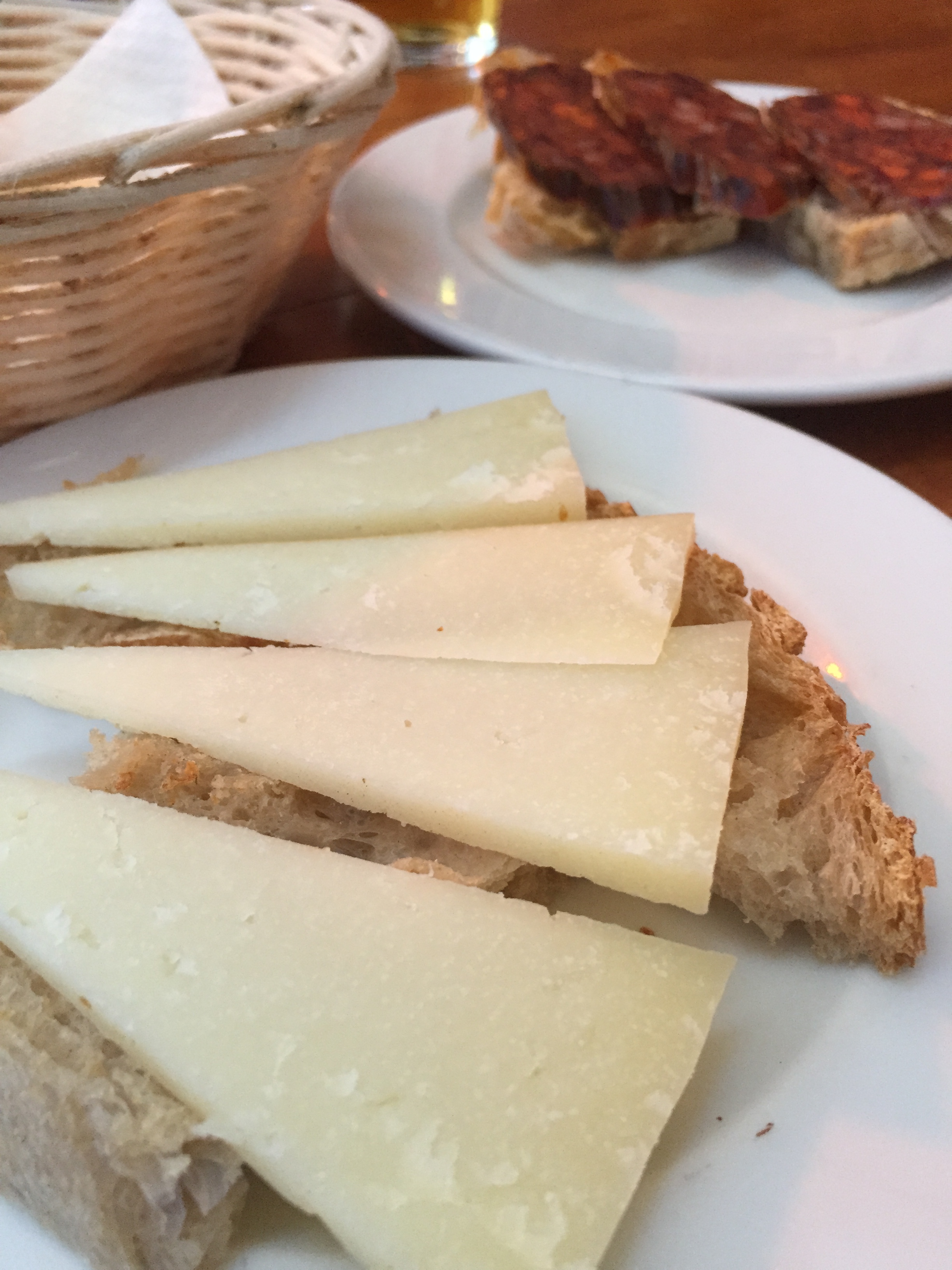Seville. The lesser known stuff.
Once in a blue moon we get a proper, going away with suitcases, holiday. Very nice. This time we went to Seville. Cured ham was only one of the reasons.
The big touristy things to do in Seville, a city of flowers, elegance and trees, are well documented, you'll find The Alcázar and the Cathedral for yourself (and extraordinary they are too), but they are busy, so here are a few less well documented things you might like.
Tapas Tour - As soon as I mentioned Seville on Twitter we were swiftly steered toward Shawn of Azahar - thanks Rachel and others. Her tapas tours started with a blog and gradually became a business (file under living the dream), she's very well known and respected in the food world. Now, I'm really not a huge one for guides and the like but I'd unhesitatingly recommend doing a tapas tour with her. Really. Do it. We were in Seville for 4 (6 if you count the start & finish days) days and getting off the plane, having a rest then going straight out into the night with her to a pro selection of small bars, chatting with locals and drinking sherry around town, on the first night meant we hit the ground running and continued henceforth to nose round the food and drink of Seville with confidence. Shawn's a lovely Canadian (aren't all Canadians nice?) who has lived in Seville for decades. We went to places we'd never have found solo and ate and drank some wonderful food. Quite a lot of it. She's also up for a cat conversation if you happen to be missing yours.
Reader, I took her pork pies.
Oranges are not the only fruit in Seville. But there are a lot.
BTW - Azahar means orange blossom. Slight regret, we were just too early for the orange blossom. There are so many trees around the old city that when the flowers are properly out the whole place smells sensational (Shawn says). I imagine it to be a lot like a big bottle of 4711 cologne. We were there around 20th of Feb, so for the full olfactory experience I'd aim for the end of the month or the beginning of March. The trees are ornamental bitter oranges, one of many legacies of the Moors. They are a beautiful tree shape and look exactly like the vintage orange tree china (you know the ones). I got a lot of pleasure from seeing the green parakeets chattering as they dodged in and out of the taller trees too. We haven't got parakeets in Norfolk yet.
Anyway, you don't want my nature notes, you want tourism, and make it snappy. So these are the little, less visited places.
A palace that's been privately owned since the 16th Century. It's the Moorish Alcázar writ small and jewel-like, in the spring sunshine the colonnaded architecture is just beautiful and, with its beautiful gardens and ancient Greek and Roman sculptures, its a bit of an oasis. Only the very rich could afford water for luxuries like gardens in medieval times and you get to recognise that the palaces of Seville feature gardens as an exquisite status symbol. I'm a push-over for ceramics, so could be quite happily parked and left staring at the exquisite medieval tiles, and anywhere that does bedding in the garden with violets is good with me. It is well worth timing your visit to get the included tour of the upper apartments, which are still a luxurious private residence.
It was used as a set for part of Lawrence of Arabia, and The Duchess of Medinaceli (who deliberately avoided the indignity of being listed in the Guinness Book of Records as the world's most titled person by giving some of her titles away), hosted parties there whose guests included Jackie O and Grace Kelly. She had nearly 100 properties and castles and set up a foundation to preserve them. It's well worth reading up on the late Duchess, she sounds a remarkable person.
Gorgeous.
Another calm and beautiful building, this is a church with what was a cloistered, tiled, infirmary for ailing priests attached. But the best reason for visiting is its tiny art gallery with what is now in my top ten favourite paintings, a luminous Velázquez of a girl holding white bowls (St Rufina), which for its sense of presence and that stare, could be a Vermeer. Just utterly beautiful.
The Archivo General de Indias.
The main purpose of the museum is to house 800 million documents (count 'em) relating to Spain's Caribbean and South American history. We went there on spec and found a very entertaining exhibition, with lots of interactive stuff, mainly dedicated to explaining how the sinking of The Mercedes (full of gold pieces of eight) was OUR fault. As British, surrounded by real life Spaniards, this was quite exciting. The 21st century room of the exhibition had a vitrine with a great big heap of the pieces of eight, recovered by salvagers and then promptly reassigned to Spain by a Florida court. The exhibition was temporary but apparently there's usually something equally good on. It's free to EU citizens and I'd suggest the audio tour would be a good idea unless your Spanish is up to scratch.
I'm a bit of a ceramics geek and since Roman times Seville has been all about ceramics, historically and economically, so was rather in my element here. There are stunning glazed tiles everywhere in Seville, if you look up to quite humble balconies in the street you'll often see the underside has been lined with colourful tiles and once you get your eye in ceramics are on every surface. So to understand more of the context of what you'll see a lot of, this modern museum is well worth a visit. It's in the Triana district, just over the river (which in itself you need to see to understand Seville). Triana has strong and proud sense of identity, and I loved wandering in the indoor market and spotting artisan workshops dotted around the district. It's a quite different character to the Santa Cruz district where we stayed and where most of the touristy action is in Seville. I think if I came again I'd have an apartment in Triana and walk into Santa Cruz.
I won't steal Shawn's thunder by listing all the tapas bars we liked and went back to (they're all on her blog), but one we went to under our own steam, albeit suggested by her, was Sal Gorda. It is run by young owners, serves excellent modern food based on traditional tapas and we thought it pretty sensational and a good contrast to the old bars which we also loved.
Razor Clams at Sal Gorda
Where we stayed
This isn't one of Seville's small things, but we stayed in the huge Casas de la Juderia hotel in Santa Cruz, which is the old city. It's been created out of numerous beautiful small, ancient houses and courtyards in the Jewish Quarter and is highly recommended. All except the euro breakfast experience, which was cramped, had the worst coffee from machines and was a bit of an ordeal. I'd not book that and just go and find a baker or a tapas bar.
One bit of advice Shawn gave us was to peer into courtyards and look up. We did, a lot. Thanks Shawn.







